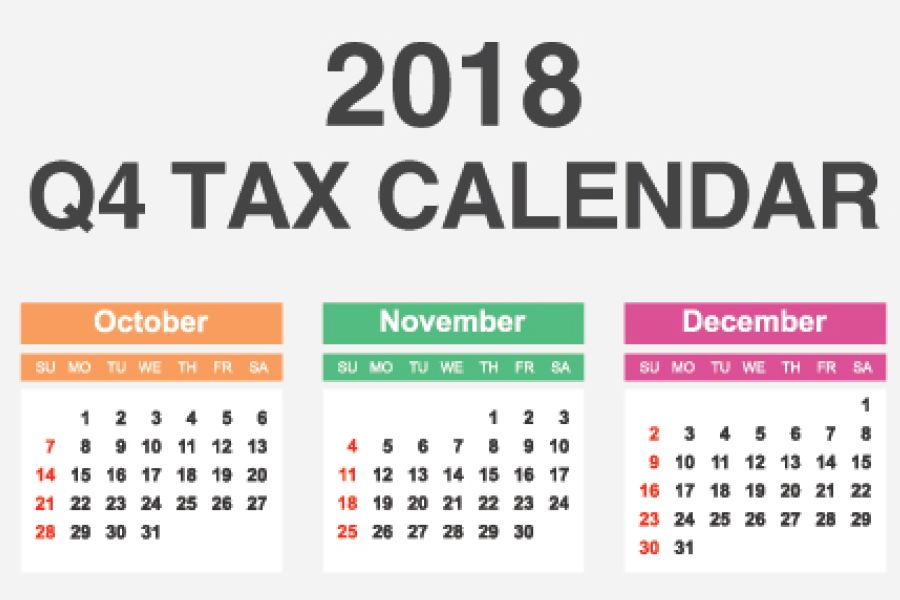In today’s tightening job market, to attract and retain the best employees, small businesses need to offer not only competitive pay, but also appealing fringe benefits. Benefits that are tax-free are especially attractive to employees. Let’s take a quick look at some popular options. INSURANCE Businesses can provide their employees with various types of insurance on a tax-free basis. Here are some of the most common: Health insurance. If you maintain a health care plan for employees, coverage under the plan isn’t taxable to them. Employee contributions are excluded from income if pre-tax coverage is elected under a cafeteria plan. Otherwise, such amounts are included in their wages, but may be deductible on a limited basis as an itemized deduction. Disability insurance. Your premium payments aren’t included in employees’...

Businesses that acquire, construct or substantially improve a building — or did so in previous years — should consider a cost segregation study. It may allow you to accelerate depreciation deductions, thus reducing taxes and boosting cash flow. And the potential benefits are now even greater due to enhancements to certain depreciation-related breaks under the Tax Cuts and Jobs Act (TCJA). Real property vs. tangible personal property IRS rules generally allow you to depreciate commercial buildings over 39 years (27½ years for residential properties). Most times, you’ll depreciate a building’s structural components — such as walls, windows, HVAC systems, elevators, plumbing and wiring — along with the building. Personal property — such as equipment, machinery, furniture and fixtures — is eligible for accelerated depreciation, usually over five...
If you’re charitably inclined and you collect art, appreciated artwork can make one of the best charitable gifts from a tax perspective. In general, donating appreciated property is doubly beneficial because you can both enjoy a valuable tax deduction and avoid the capital gains taxes you’d owe if you sold the property. The extra benefit from donating artwork comes from the fact that the top long-term capital gains rate for art and other “collectibles” is 28%, as opposed to 20% for most other appreciated property. Requirements The first thing to keep in mind if you’re considering a donation of artwork is that you must itemize deductions to deduct charitable contributions. Now that the Tax Cuts and Jobs Act (TCJA) has nearly doubled the standard deduction and put...
For investors, fall is a good time to review year-to-date gains and losses. Not only can it help you assess your financial health, but it also can help you determine whether to buy or sell investments before year end to save taxes. This year, you also need to keep in mind the impact of the Tax Cuts and Jobs Act (TCJA). While the TCJA didn’t change long-term capital gains rates, it did change the tax brackets for long-term capital gains and qualified dividends. For 2018 through 2025, these brackets are no longer linked to the ordinary-income tax brackets for individuals. So, for example, you could be subject to the top long-term capital gains rate even if you aren’t subject to the top ordinary-income tax rate. Old rules For...
Tax identity theft may seem like a problem only for individual taxpayers. But, according to the IRS, increasingly businesses are also becoming victims. And identity thieves have become more sophisticated, knowing filing practices, the tax code and the best ways to get valuable data. How it works In tax identity theft, a taxpayer’s identifying information (such as Social Security number) is used to fraudulently obtain a refund or commit other crimes. Business tax identity theft occurs when a criminal uses the identifying information of a business to obtain tax benefits or to enable individual tax identity theft schemes. For example, a thief could use an Employer Identification Number (EIN) to file a fraudulent business tax return and claim a refund. Or a fraudster may report income and withholding...
Does your business reimburse employees’ work-related travel expenses? If you do, you know that it can help you attract and retain employees. If you don’t, you might want to start, because changes under the Tax Cuts and Jobs Act (TCJA) make such reimbursements even more attractive to employees. Travel reimbursements also come with tax benefits, but only if you follow a method that passes muster with the IRS. The TCJA’s impact Before the TCJA, unreimbursed work-related travel expenses generally were deductible on an employee’s individual tax return (subject to a 50% limit for meals and entertainment) as a miscellaneous itemized deduction. However, many employees weren’t able to benefit from the deduction because either they didn’t itemize deductions or they didn’t have enough miscellaneous itemized expenses to exceed...
Property tax relief may be available for some Californians. The CA State Controller has announced applications are now available for the CA Property Tax Postponement program (previously suspended). The program allows eligible homeowners who are seniors or blind, or have a disability, to postpone property taxes on their primary residences. Funding is limited and applications will be processed in the order received, beginning 10/1/18. Participants must reapply and show eligibility each year. For details and an application, click here: https://bit.ly/2CUwLvn...
Here are some of the key tax-related deadlines affecting businesses and other employers during the fourth quarter of 2018. Keep in mind that this list isn’t all-inclusive, so there may be additional deadlines that apply to you. Contact me to ensure you’re meeting all applicable deadlines and to learn more about the filing requirements. October 15 If a calendar-year C corporation that filed an automatic six-month extension: File a 2017 income tax return (Form 1120) and pay any tax, interest and penalties due. Make contributions for 2017 to certain employer-sponsored retirement plans. October 31 Report income tax withholding and FICA taxes for third quarter 2018 (Form 941) and pay any tax due. (See exception below under “November 13.”) November 13 Report income tax withholding and FICA taxes for...
Classifying a worker as an independent contractor frees a business from payroll tax liability and allows it to forgo providing overtime pay, unemployment compensation and other employee benefits. It also frees the business from responsibility for withholding income taxes and the worker’s share of payroll taxes. For these reasons, the federal government views misclassifying a bona fide employee as an independent contractor unfavorably. If the IRS reclassifies a worker as an employee, your business could be hit with back taxes, interest and penalties. Key factors When assessing worker classification, the IRS typically looks at the: Level of behavioral control. This means the extent to which the company instructs a worker on when and where to do the work, what tools or equipment to use, whom to hire, where to...
When teachers are setting up their classrooms for the new school year, it’s common for them to pay for a portion of their classroom supplies out of pocket. A special tax break allows these educators to deduct some of their expenses. This educator expense deduction is especially important now due to some changes under the Tax Cuts and Jobs Act (TCJA). The old miscellaneous itemized deduction Before 2018, employee expenses were potentially deductible if they were unreimbursed by the employer and ordinary and necessary to the “business” of being an employee. A teacher’s out-of-pocket classroom expenses could qualify. But these expenses had to be claimed as a miscellaneous itemized deduction and were subject to a 2% of adjusted gross income (AGI) floor. This meant employees, including teachers, could...











